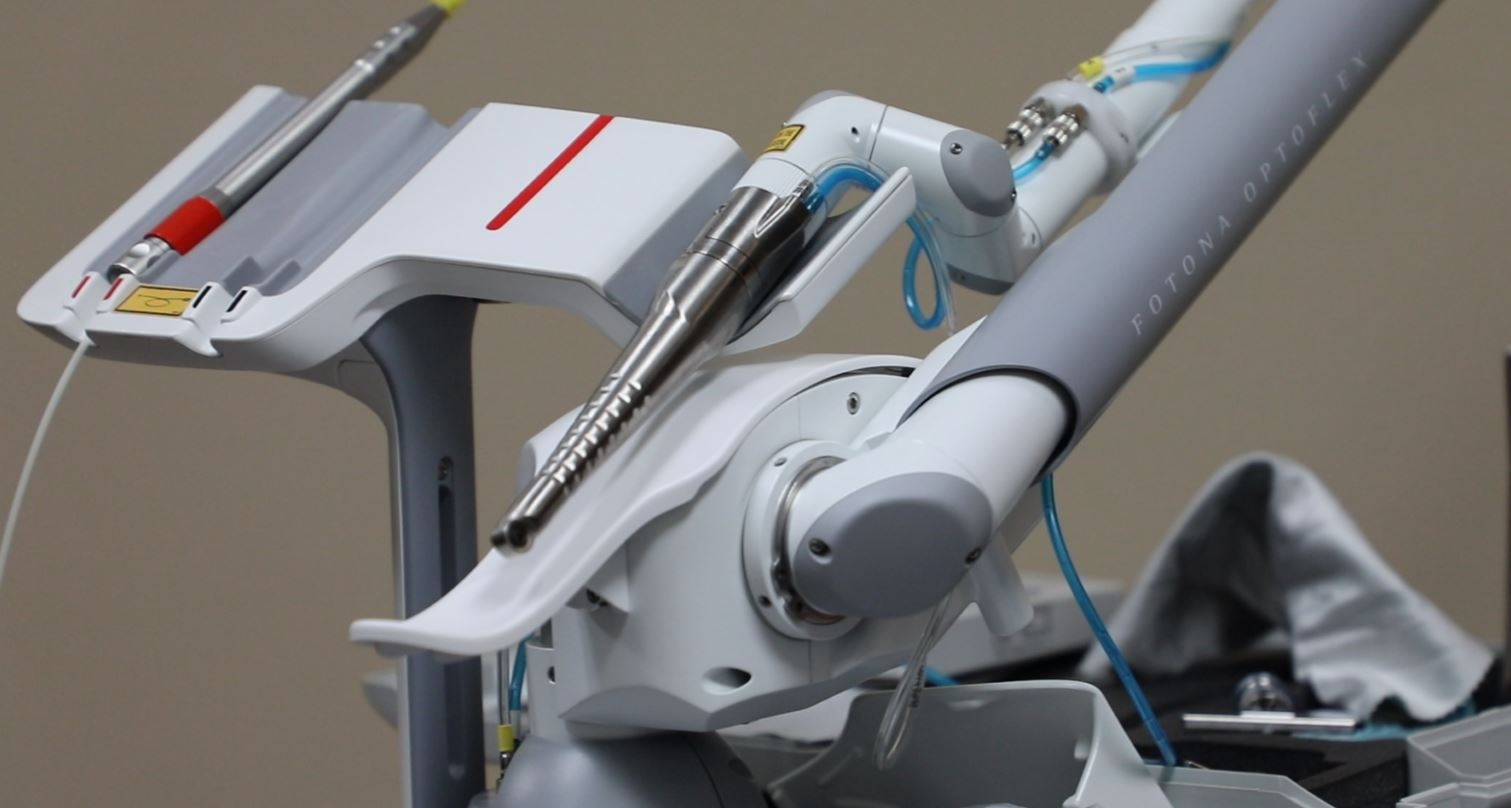
Dental Laser Technology Demystified: The Science and Applications in Modern Dentistry
Dental laser technology has revolutionized the field of dentistry, offering patients a more comfortable and efficient treatment experience. In this blog post, we will delve into the science behind dental laser technology, explore the types of lasers used in dentistry, and discuss the various dental procedures that can be performed using lasers.

Our amazing team is always hard at work
How Dental Lasers Work
Dental lasers work by generating a concentrated beam of light energy that can be precisely controlled to target specific tissues within the oral cavity. When the laser light interacts with the targeted tissue, it can either remove or reshape it, depending on the desired outcome. This precision allows dental professionals to perform a wide range of procedures with minimal impact on surrounding tissues, resulting in less discomfort and faster healing times for patients.
Types of Lasers Used in Dentistry
There are two main types of lasers used in dentistry, each with its own unique applications and benefits:
- Soft Tissue Lasers: Soft tissue lasers, such as diode lasers and Nd:YAG lasers, are designed to target and treat soft tissues, such as gums, with minimal damage to the surrounding areas. These lasers are commonly used for procedures such as gum contouring, periodontal therapy, and frenectomies.
- Hard Tissue Lasers: Hard tissue lasers, such as Er:YAG lasers and CO2 lasers, are designed for cutting through hard tissues, such as teeth and bone. These lasers can be used for procedures such as cavity preparation, dental implant placement, and bone reshaping.
Dental Procedures Performed Using Lasers
Dental laser technology has a wide range of applications, making it a versatile tool for modern dentistry. Some of the most common dental procedures performed using lasers include:
- Gum Disease Treatment: Dental lasers can effectively treat gum disease by removing infected tissue, disinfecting the area, and promoting the regeneration of healthy tissue. This minimally invasive approach leads to faster healing and less discomfort compared to traditional gum surgery.
- Cavity Preparation: Lasers can be used to remove decayed tooth structure and prepare teeth for fillings or other restorative treatments. This precise and efficient method can help preserve more of the natural tooth structure and reduce the need for anesthesia.
- Teeth Whitening: Dental lasers can accelerate the teeth whitening process by activating the whitening agent applied to the teeth, resulting in a brighter, whiter smile in less time than traditional whitening methods.
- Frenectomy: Lasers can be used to perform frenectomies, which involve the removal of the small tissue fold (frenum) that connects the tongue, lips, or cheeks to the gums. This procedure can help improve speech, swallowing, and overall oral function.
Dental laser technology has transformed the way dental procedures are performed, offering patients a more comfortable, efficient, and precise experience. By understanding the science behind this cutting-edge technology and its various applications, patients can make informed decisions about their dental care. Schedule a consultation with Elite Smiles today to learn more about our dental laser treatments and how they can benefit your oral health.
References
- Role of Lasers in Composite Restorations by J. Somasundaram. This paper discusses the use of lasers in various dental procedures including the treatment of hypersensitivity, tooth decay, gum diseases and teeth whitening. Full text here.
- Application of optical coherence tomography to identify pulp exposure during access cavity preparation using an Er:YAG laser by Jiangfeng Ding et al. This study evaluates the ability of optical coherence tomography (OCT) to guide and identify pulp exposure using an erbium: yttrium-aluminum-garnet (Er:YAG) laser. Full text here.
- Regulation and Measurement of the Heat Generated by Automatic Tooth Preparation in a Confined Space by F. Yuan et al. This study discusses the regulation and measurement of the heat generated by automatic tooth preparation using a femtosecond laser in a confined space. Full text here.
- Low-power pulsed Nd:YAG laser irradiation for pre-emptive anaesthesia: A morphological and histological study by A. Chan et al. This study examines the effects of low-power pulsed Nd:YAG laser irradiation for pre-emptive anesthesia and finds that it does not cause morphological damage to the mineralized tooth structure. Full text here.
Your Best Smile Awaits
Your Best Smile Awaits
Dive into a transformative dental experience where advanced technology meets personalized care. Whether you’re seeking preventative solutions, restorative techniques, or a cosmetic touch, we’re here to guide you every step of the way. Let’s uncover the radiant smile that’s uniquely yours.
